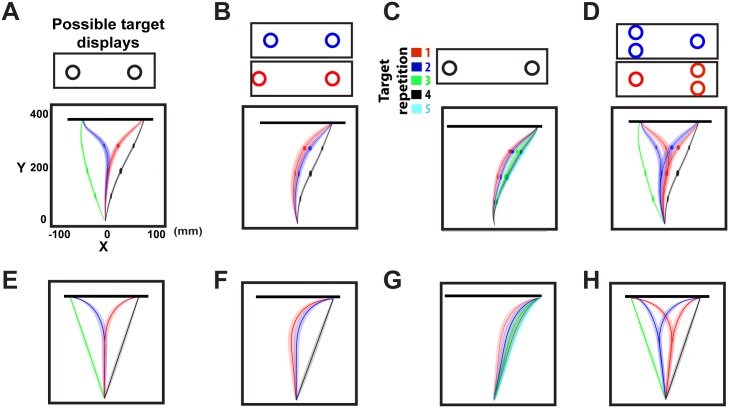Fig 4. Rapid reaching movements in tasks with competing targets.
Top row illustrates experimental results in rapid reaching tasks with multiple potential targets [12, 22, 23] (images are reproduced with permission of the authors). When the target position is known prior to movement onset, reaches are made directly to that target (black and green traces in A), otherwise, reaches aim to an intermediate location, before correcting in-flight to the cued target (red and blue traces in A). The competition between the two reaching policies that results in spatial averaging movements, is biased by the spatial distribution of the targets (B), by recent trial history (C) and the number of targets presented in each visual field (D). The bottom row (E-H) illustrates the simulated reaching movements generated in tasks with multiple potential targets. Each bottom panel corresponds to the reaching condition described on the top panels.

